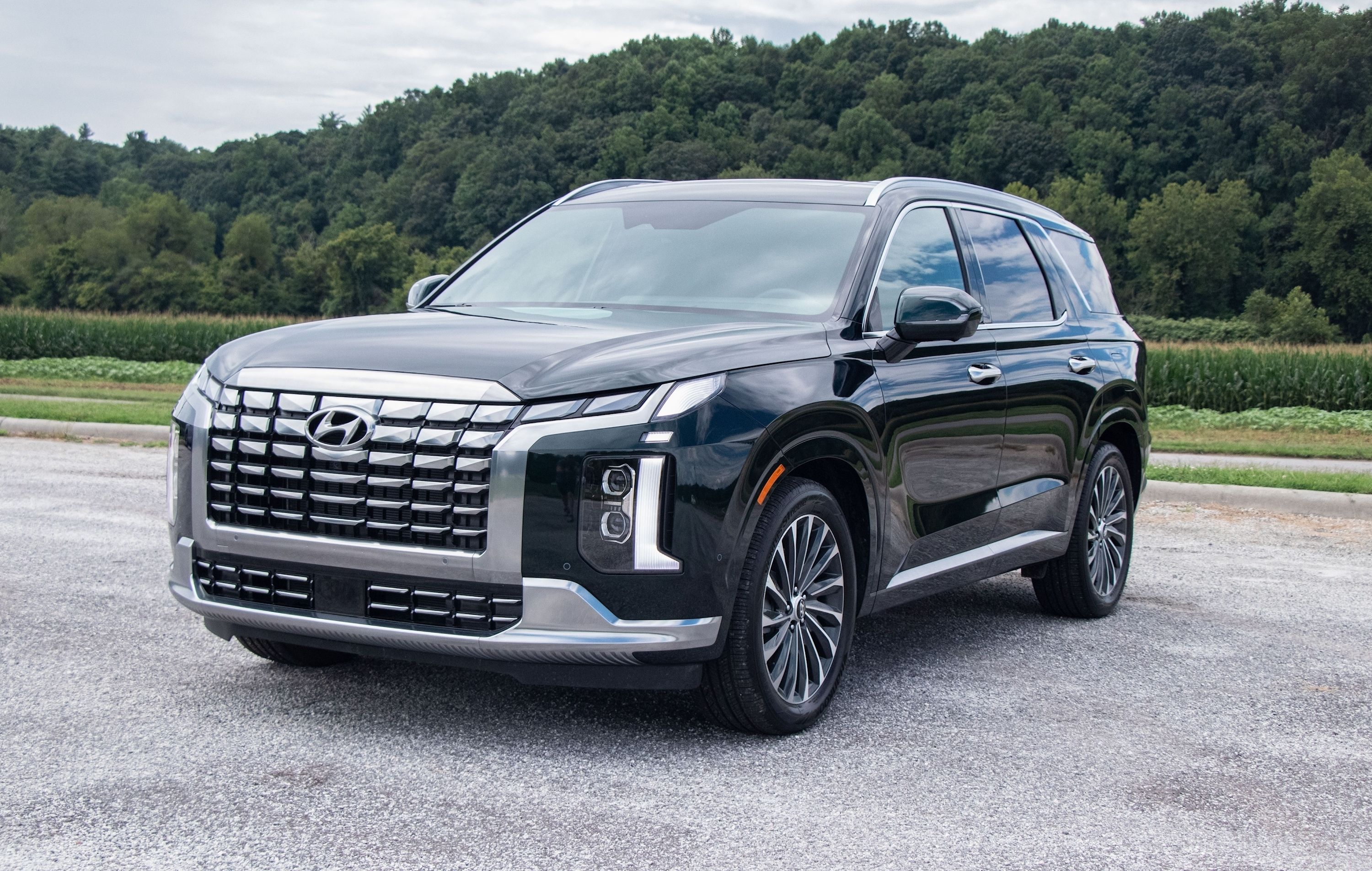
CarBuzz has discovered a new Hyundai patent at the USPTO, which, at first glance, doesn't appear to have much relevance in the motoring world. Closer inspection reveals a host of other possible applications for this technology, however, all of which should make for improvements in passenger comfort for plush cars like the Hyundai Palisade or Genesis G90.
Massaging seats, sometimes with massaging for feet, are becoming increasingly commonplace in upscale vehicles, with tangible positive effects on occupant comfort on long road trips. By the same token, travel pillows allow for greater comfort on such long trips by supporting a snoozing passenger's neck.
Combining these two elements to create a massaging neck pillow should ideally be the ultimate travel accessory, but in reality, the whirring of electric actuators in such a neck pillow is annoying and not very relaxing at all. Never mind that using electric actuators make these massaging neck pillows heavy and cumbersome as well. But what if we could get around these issues?
This new Hyundai patent applies to exactly such a massaging neck pillow, but without mechanical noises or extra weight. To achieve this, the Hyundai engineers looked at existing technology in adaptive damping and applied the same principles which make variable-stiffness shock absorbers viable.
Rather than fill a neck pillow with electric actuators, they instead use a variable electrical current to energize a series of compact electromagnets, each one installed around a sealed fluid-filled cell embedded in the neck pillow. The key here is the fluid they use: electrorheological fluid is filled with ferrous metal particles and changes its viscosity according to the electrical current applied to the fluid. Increasing the electrical current stiffens up these fluid-filled cells, and reducing the current softens them back up.
By modifying the stiffness of some cells in the pillow in the correct sequence, a similar massaging wave motion to that of electrically-actuated massage pillows can be achieved, but without the need for electric actuators. This will obviously reduce the weight and complexity of a massaging travel pillow, making them more agreeable to use and without creating extra noise.
Now that we understand this small-scale concept, as used in the neck pillow described in the patent, let's consider massaging seats again. While the current crop of massaging seats undoubtedly works well, it tends to rely on a bunch of electric actuators or air cushions, which makes the seats a lot more expensive, heavier, and more complex than their non-massaging counterparts.
Using the technology described in this new patent will remove many of these drawbacks and make massaging seats accessible to a wider range of buyers. The concept may be demonstrated using a travel pillow, but its applications could end up being far wider than anyone could imagine.
If this tech reaches production, it will almost certainly debut on a high-end Hyundai product first.
